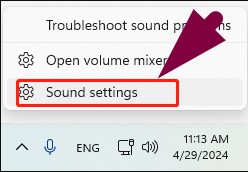Bass drums are essential in various music styles, ranging from rock bands to orchestras and even marching bands.
They might look easy to play, but they can be quite challenging. Some bass drums need speed and coordination, while others require strength and control.
In this article, we’ll explore the hardest bass drums to play out there and why.
1. Marching Bass Drum
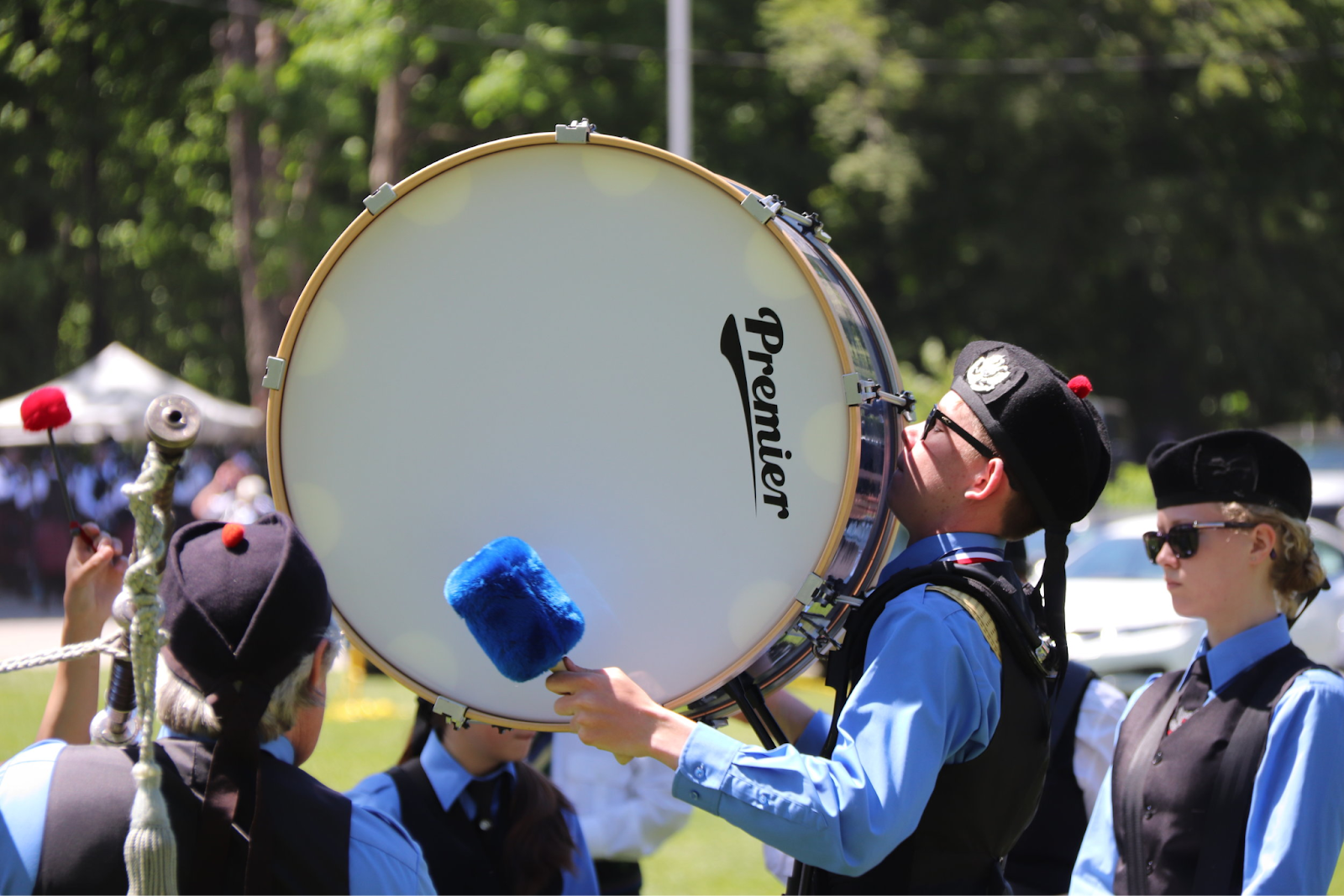
Where You’ll See It: Marching bands, drum corps, parades, and field shows.
The marching bass drum is a large, double-headed drum used in marching bands and drum corps. It’s worn with a harness and played with mallets while moving in formation.
These drums are heavy and must be carried for long periods, so players need strong upper body and core strength. Playing while marching takes good coordination, too. Precision is also important as drummers must control their grip and mallets to get a clear, deep sound.
In many groups, bass drummers play “split parts,” where each person plays different notes in a pattern. This takes strong counting skills and perfect timing with others.
Top-level bass drummers often memorize complex rhythms and formations, performing both music and drill at once with exact timing.
2. Double Bass Drum (Double Pedal)

Where You’ll See It: Metal, rock, jazz fusion, and progressive genres
A double bass drum pedal lets drummers use both feet to play fast and complex rhythms on a single bass drum. It has two pedals, one of which hits the drum directly, and the other works through a connecting rod.
The biggest challenge with double bass drums is balance. Many drummers lean too far in one direction while using both feet, which affects control and speed.
Another issue is foot coordination. Most people have a dominant foot, usually the right, so the weaker foot often struggles to match the speed and power of the dominant one. This causes uneven timing, especially in fast patterns.
Playing both feet evenly while keeping in sync with your hands takes a lot of practice. Even small timing mistakes can make the drumming sound messy.
3. Orchestral (Concert) Bass Drum

Where You’ll See It: Symphony orchestras, concert bands, film scores, and classical music settings.
The orchestral bass drum is the largest in a concert or symphonic setting. It’s played with mallets and used to add depth, drama, and color to the music.
Controlling the sound when playing an orchestral bass drum is the hardest part.
The drum is very loud and resonates a lot, so players must use their hands and arms to muffle it just right after each hit. Striking the drum in different spots alters the tone, so players must hit it at the perfect spot and angle every time.
Choosing the right mallet and adjusting how it’s played for each piece is also key.
The drum is also placed far from the conductor, so players must rely on visual cues instead of sound to stay in time. This is tricky because sound from the drum reaches the audience later than sound from other instruments.
Additionally, it’s easy to overpower the rest of the orchestra, so the player must always adjust their volume to blend in, rather than stand out.
4. Kick Drum (Single Pedal)

Where You’ll See It: Every modern drum kit in rock, pop, jazz, blues, metal, and more.
The kick drum is the low-sounding drum in a drum kit, played with a foot pedal. It helps drive the beat in most styles of music, from rock to jazz.
One of the biggest challenges in playing a kick drum is foot coordination. Many drummers struggle to play steady kick drum patterns while their hands do something completely different. The brain wants to move all limbs together, so building independence takes time.
Good technique is also key. Controlling the foot, ankle, and leg muscles without tensing up is hard, especially at fast tempos. Poor control can lead to sloppy or uneven hits.
It also takes a great deal of endurance. Playing fast or complex patterns can tire out the leg quickly.
5. Big Bertha II (World’s Largest Bass Drum)

Where You’ll See It: University of Texas football games, parades, and special events.
Big Bertha II is the largest bass drum in the world, measuring over 9.5 feet in diameter and 55 inches deep.
Built by A&F Drum Co., it was unveiled by the University of Texas in 2022 as a modern version of the original Big Bertha, which served for nearly 100 years.
The drum is made of aluminum and features a built-in wireless microphone system that projects its sound through stadium speakers.
The main challenge is its massive size and weight. It takes serious strength and stamina just to move and strike it. Due to its large surface, players must adjust their technique to hit it cleanly and evenly.
Getting a good sound isn’t easy either. Big Bertha II produces the lowest note ever on a bass drum, and it takes precise control to strike it the right way.
The microphone system also makes mistakes more noticeable, since the sound is amplified across the stadium.
Final Thoughts
Bass drums often look simple, but they demand a lot from the player. Whether it is strength, coordination, control, or timing, each bass drum on this list has its unique challenges that test even the most skilled musicians.
From the physical demands of marching and orchestral bass drums to the footwork required for double pedals and kick drums, mastering these instruments takes time and practice.
FAQs
What makes bass drums harder to play than others?
Playing bass drums is challenging due to their size, pedal setup, physical demands, and the need for precise coordination and articulation across various musical styles.
What is the heaviest drum in the drumline?
Marching multiple tenor drums are some of the heaviest drums in the drumline. They weigh approximately 30 to 45 pounds, depending on the model and the number of drums.
Are there specific techniques that make bass drums more difficult to play?
Advanced techniques like fast double strokes, dynamic control, limb independence, and syncopation make bass drums harder to play, demanding refined coordination, strength, and musical sensitivity.
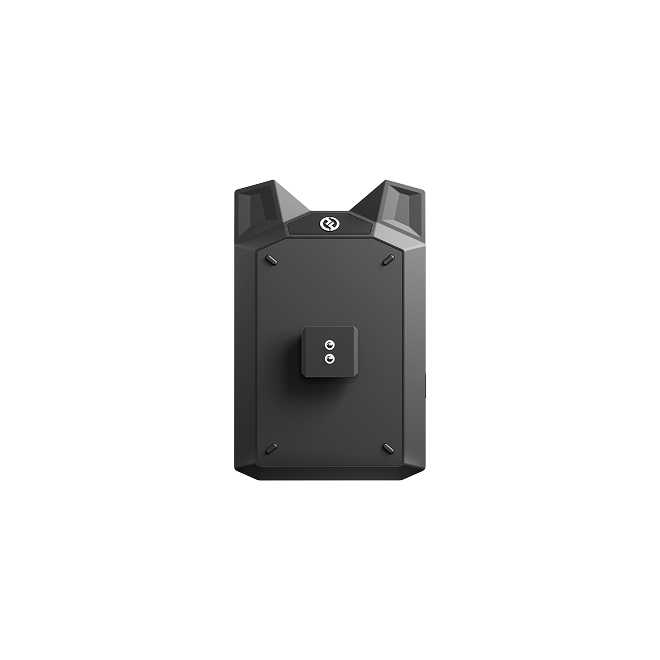

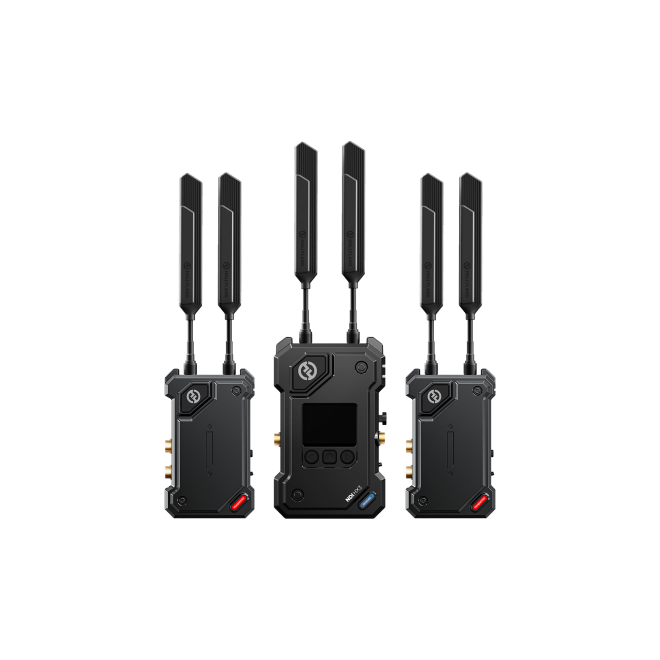
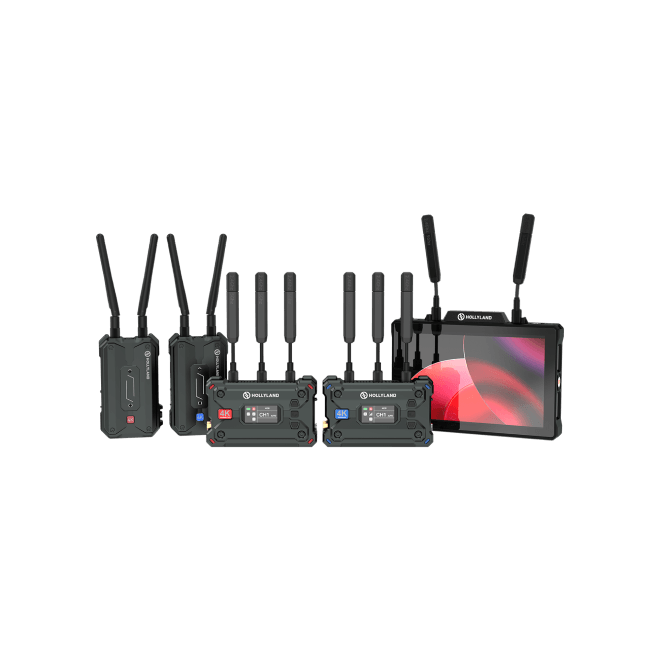

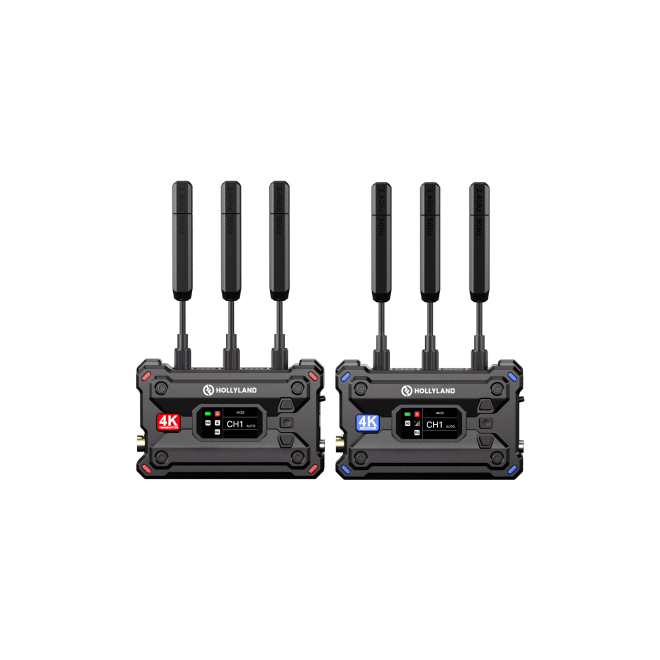

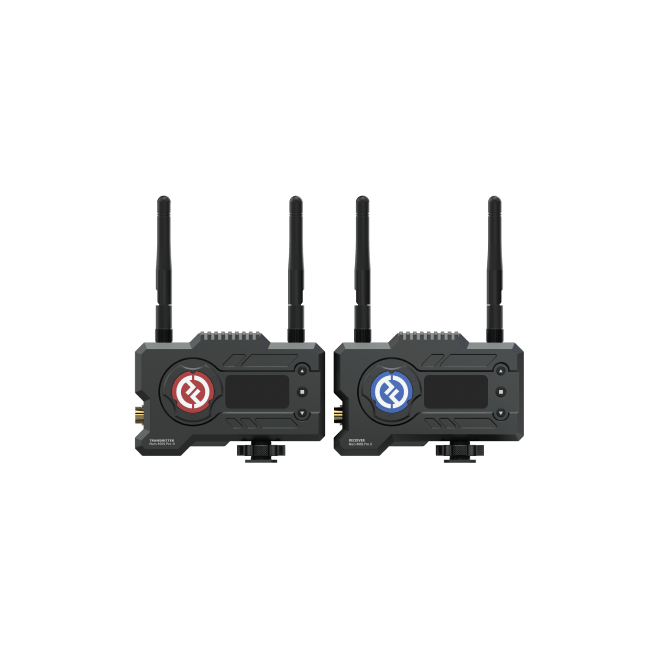
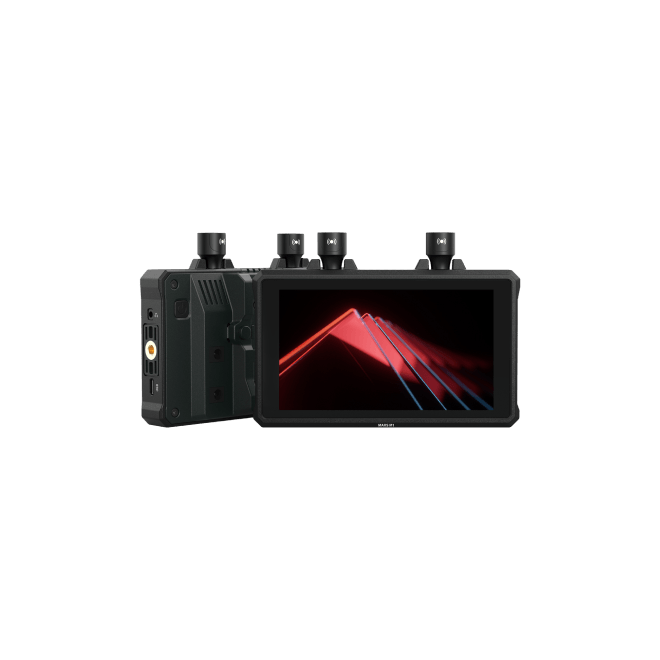
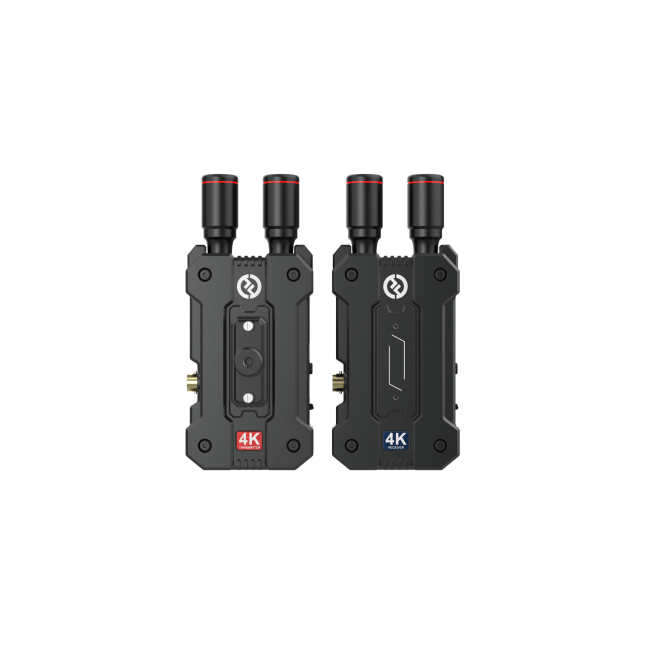
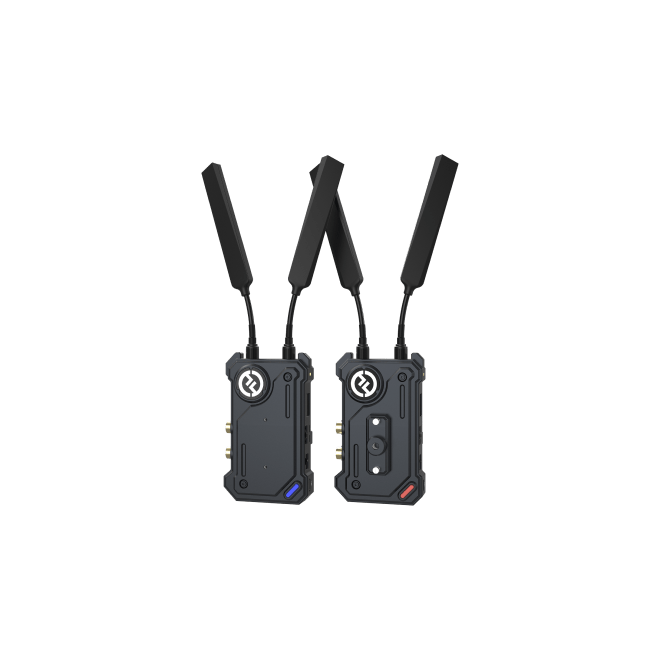
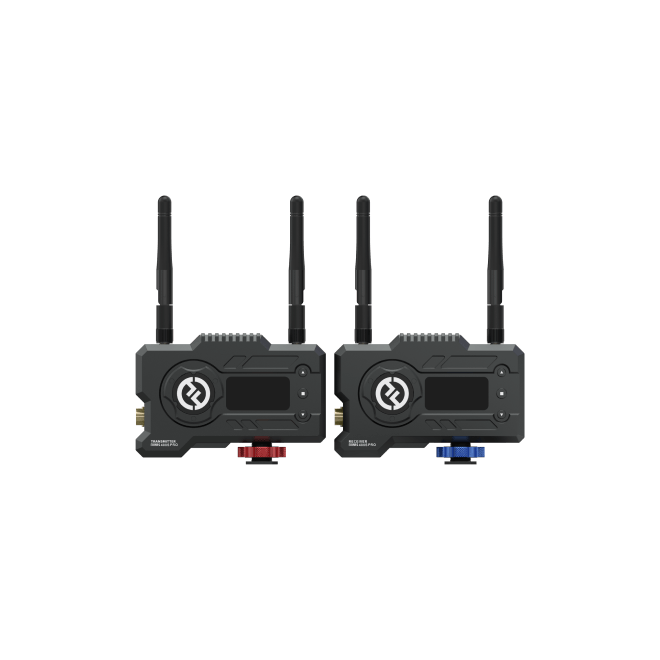
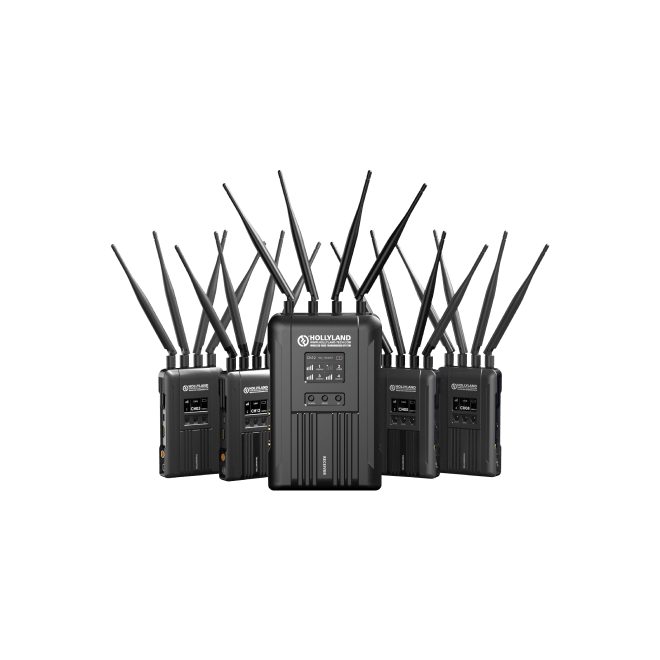
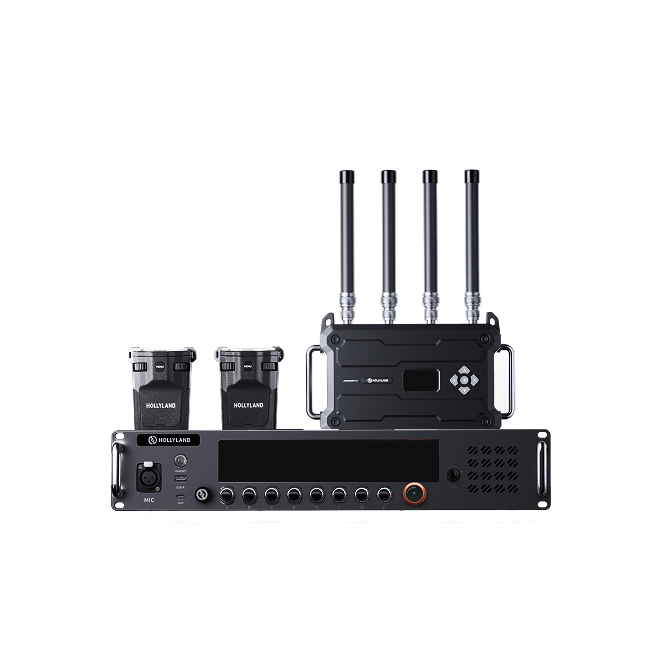

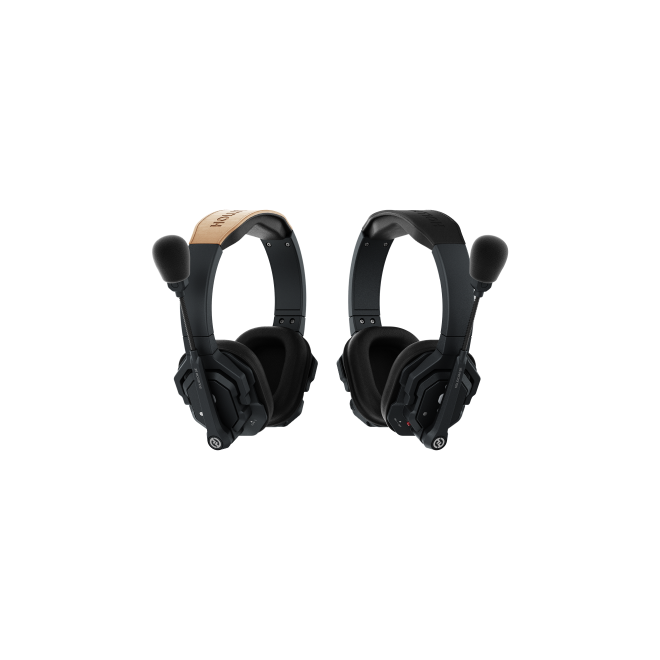

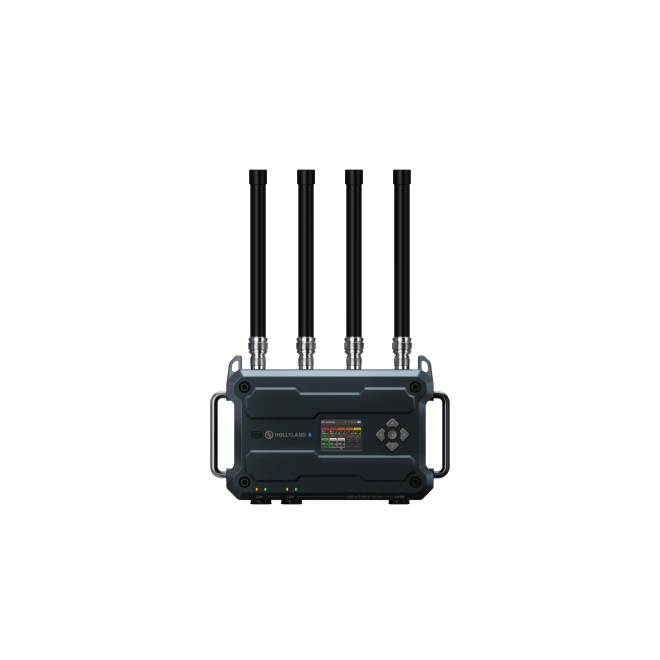
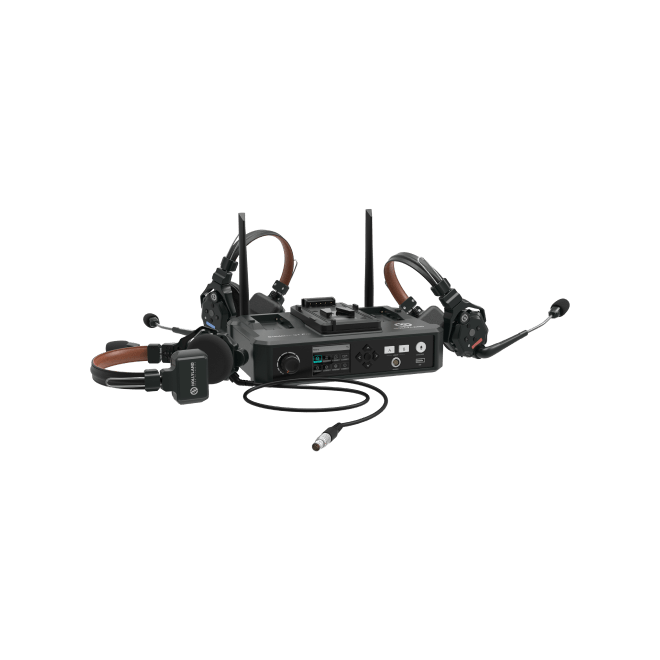
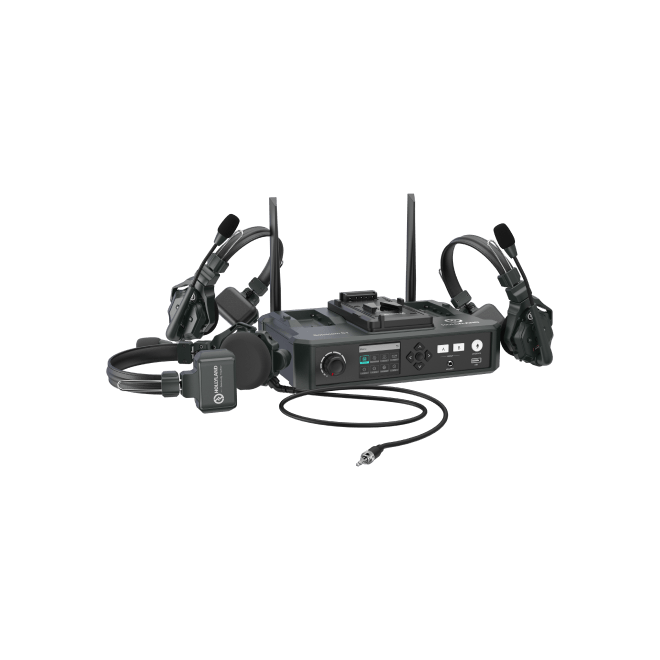
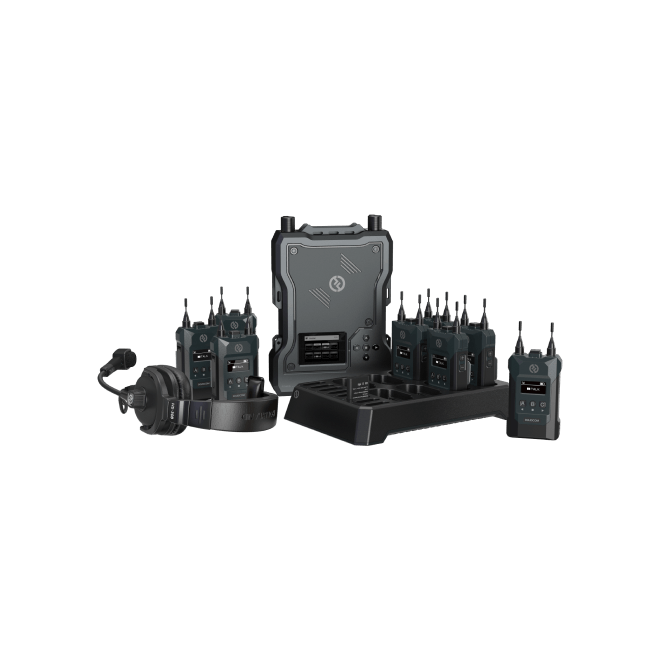
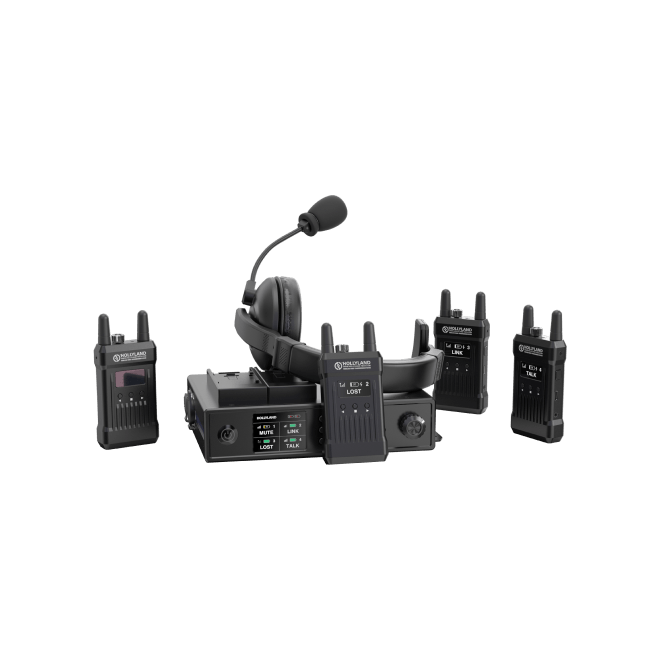
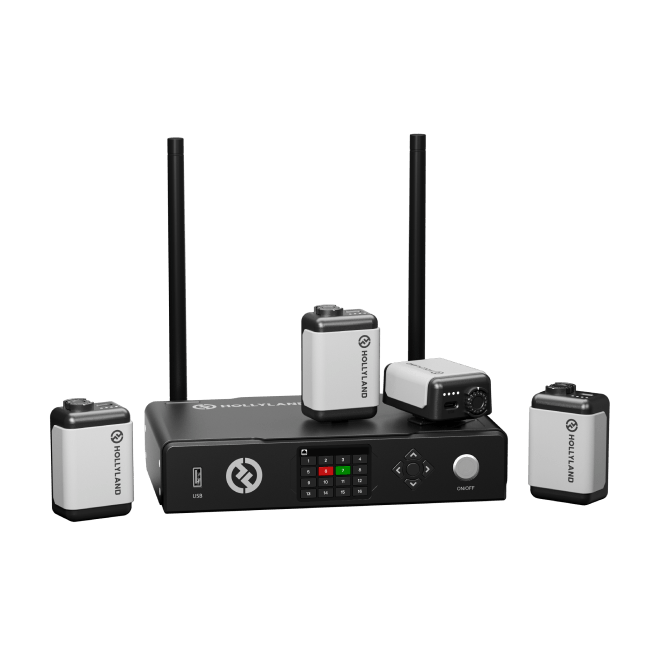
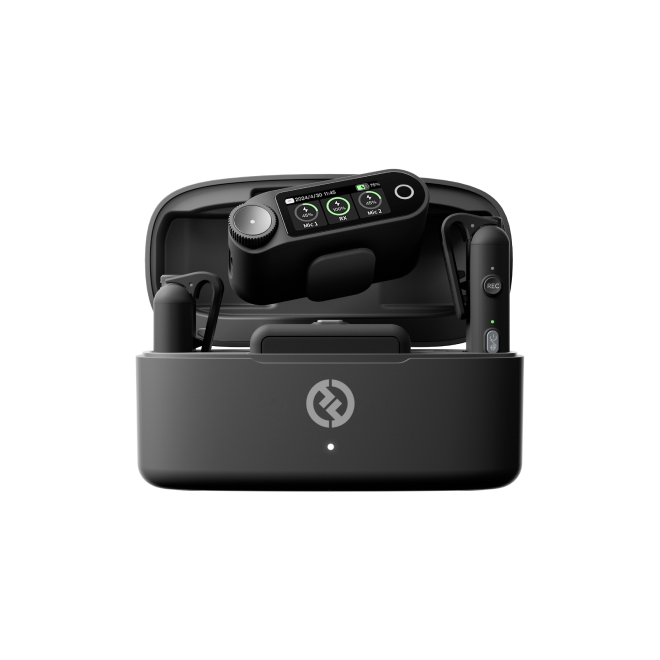
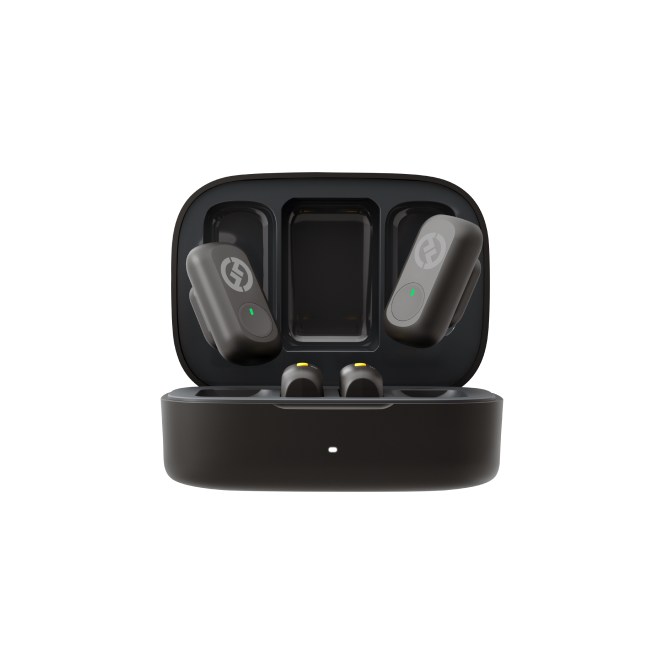

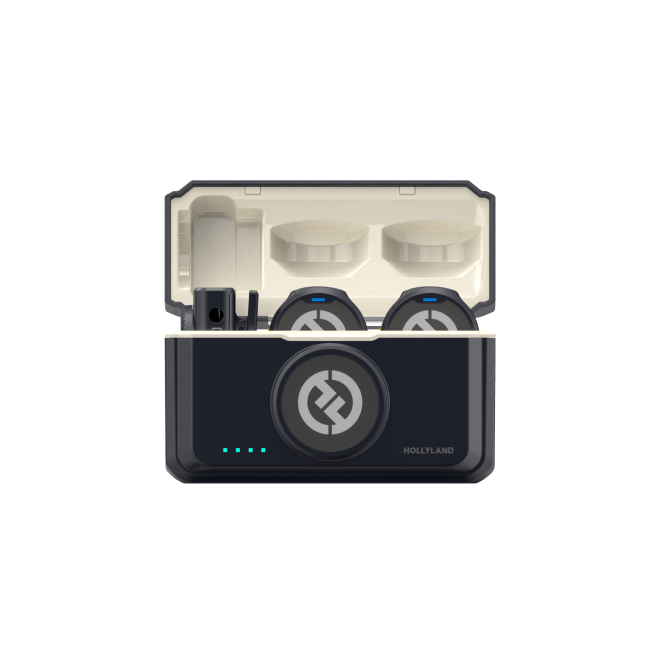
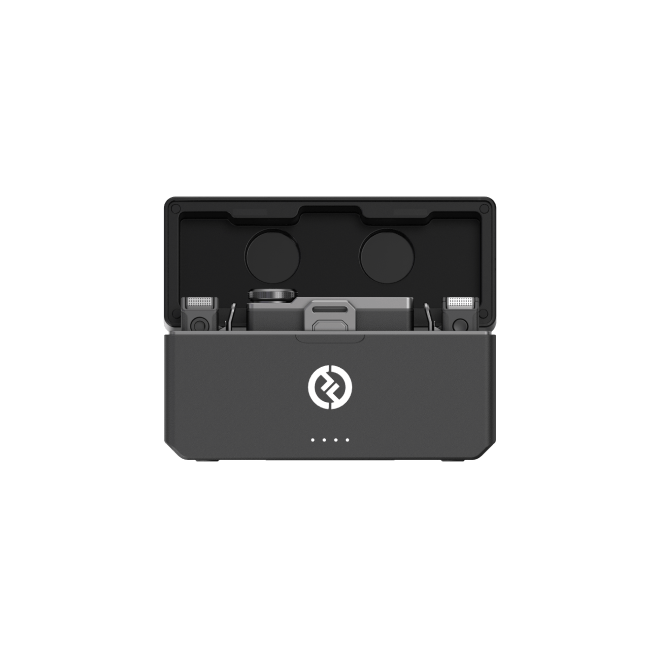


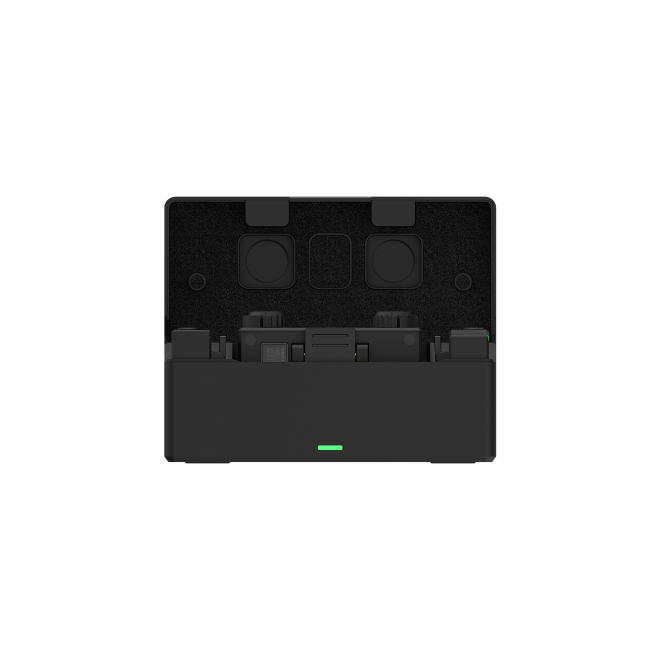


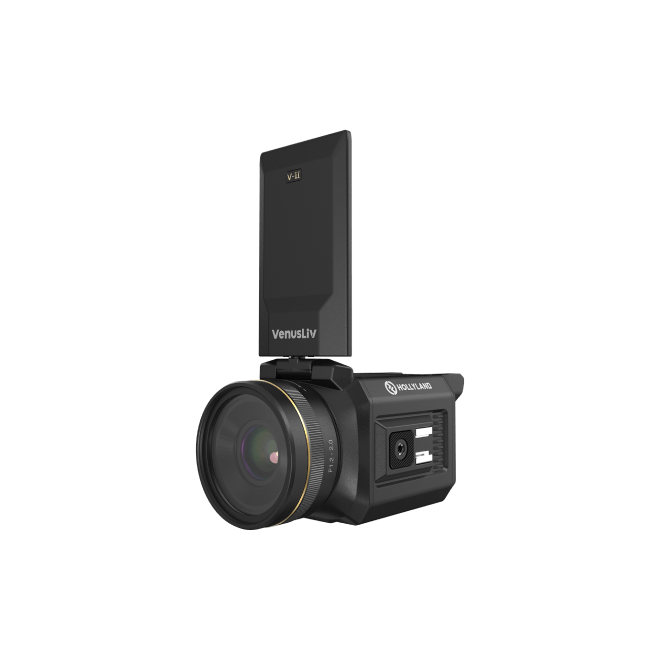
.png)


